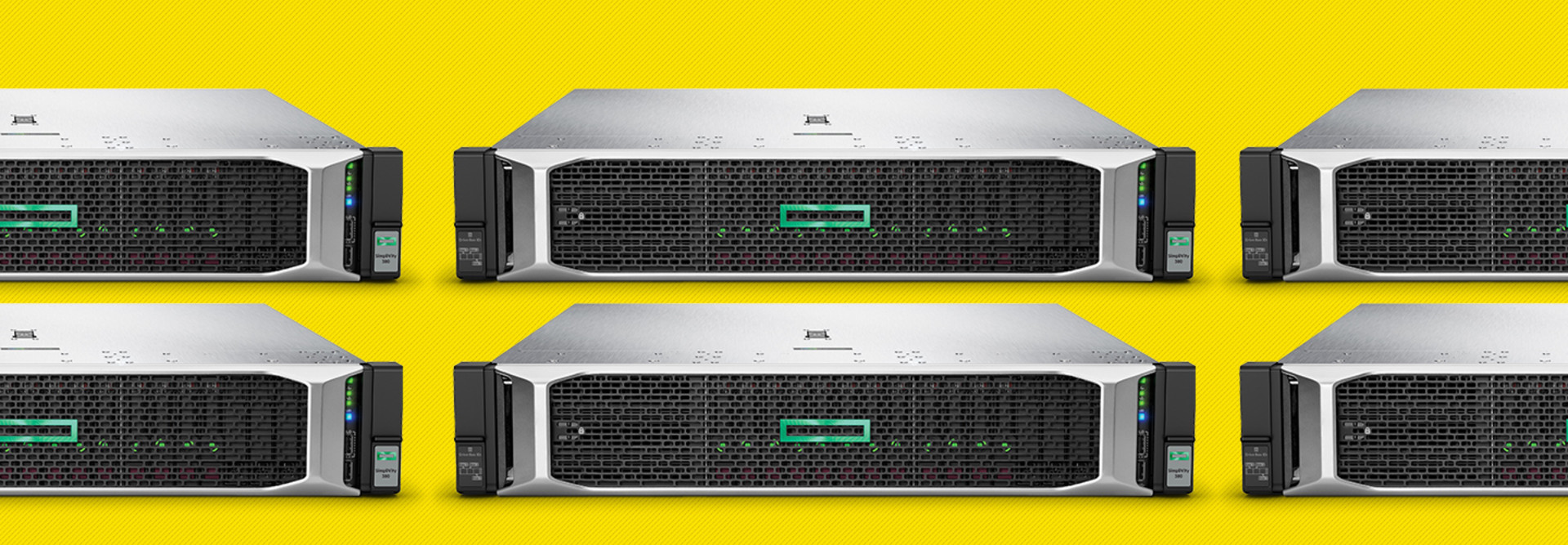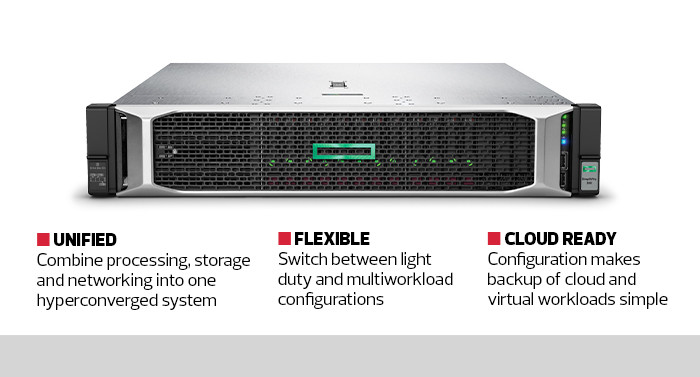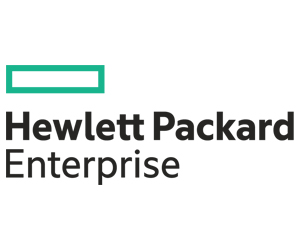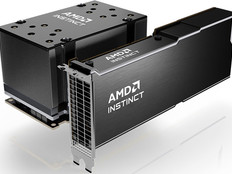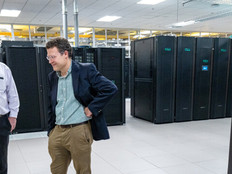Simple Interface Leads to Flexible Configuration
Although you can technically configure HPE SimpliVity 380 Gen10 nodes into anything you want, they are mostly designed for backup duties, especially for virtual workloads that may not have any other form of definite backup protection.
To help make their nodes even more efficient in that role, HPE has made all SimpliVity units compatible with its StoreOnce platform. StoreOnce is incredibly simple to use, with an easy-to-configure graphical interface as well as lots of automated processes.
The main advantage to StoreOnce, beyond its simple interface, is that it enables all data being stored though it to be deduplicated, compressed and optimized. And all that backup data is fully independent from its source, so even if the source node or virtual server is destroyed, the data can be fully re-created and restored. Deduplication in conjunction with compression and optimization is highly efficient.
GET THE ANSWERS: Learn how to add Disaster Recovery as a Service solutions to your COOP plans.
The premise behind this technology is that, for example, a typical government agency might store information on forms. A lot of the information on those forms is identical — the agency logo, address and various input fields are the same, only the data within the fields are different.
Deduplication allows for the backup device to store a single copy of all the duplicate data instead of multiple copies, which can really reduce how much space is needed for backups, especially over time.
As an example, if you have 300 terabytes of typical office type data, you can probably compress it down to less than 10TB of actual space on the node. Some things, like videos, don’t compress very well, but most data types squish down to almost nothing.
Using the StoreOnce technology from HP could extend the life of a backup node and keep it from running out of space for a very long time.
SPECIFICATIONS
SUPPORTED MEMORY: 144GB up to 3,072GB
MAXIMUM PROCESSORS: Two Intel Xeon Scalable processors
MAXIMUM RAM: 1.5TB
SUPPORTED STORAGE: 5 960G SSDs up to 12 3.84 SSDs
DIMENSIONS: 17.5x26.7x3.4 inches
RACK SIZE: Two units
Brought to you by:



